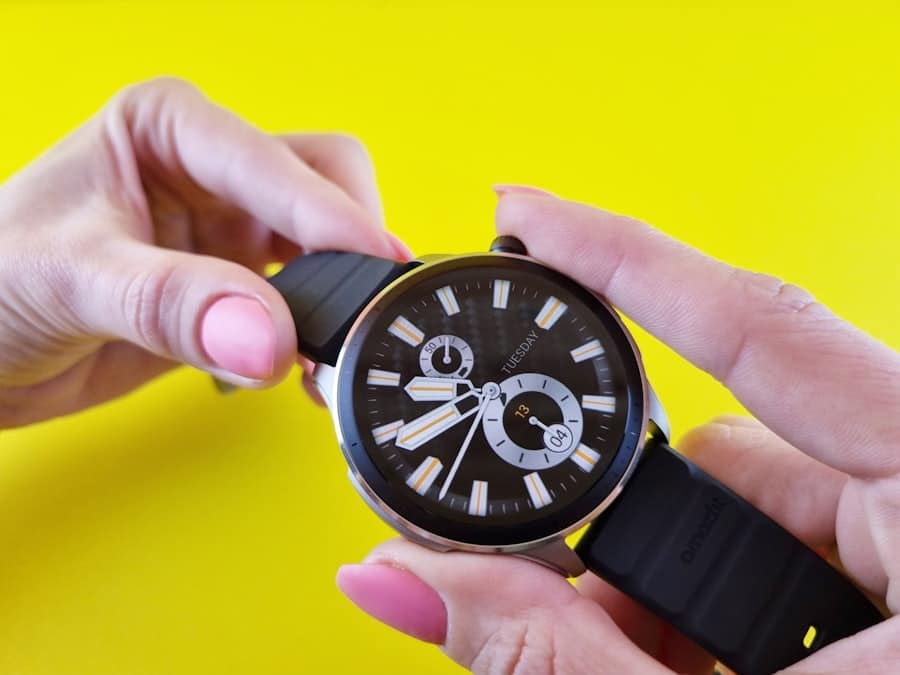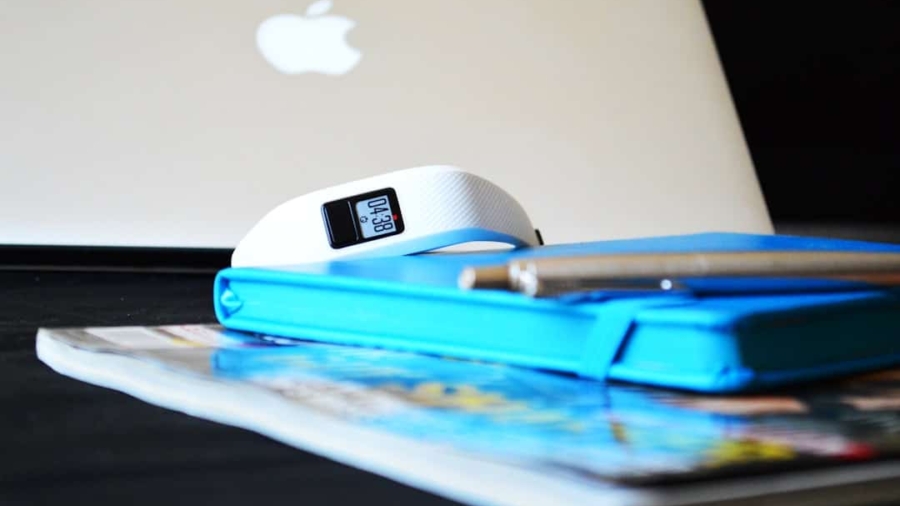Augmented hearing represents a transformative leap in auditory technology, merging the realms of sound enhancement and digital innovation. Unlike traditional hearing aids, which primarily serve to amplify sound for individuals with hearing loss, augmented hearing devices are designed to enhance the auditory experience for everyone, regardless of their hearing ability. This technology utilizes advanced algorithms and artificial intelligence to filter, modify, and enrich sounds in real-time, allowing users to engage more fully with their environments.
The concept of augmented hearing is not merely about amplification; it encompasses a broader spectrum of auditory experiences, including noise cancellation, sound localization, and even the ability to interact with digital devices through voice commands. The rise of augmented hearing technology is closely tied to the increasing prevalence of wearable devices in our daily lives. As smartphones and smartwatches have become ubiquitous, the demand for innovative auditory solutions has surged.
This demand is fueled by a growing awareness of the importance of sound in our interactions with the world around us. From social gatherings to professional environments, the ability to hear clearly and selectively can significantly enhance communication and overall quality of life. As such, augmented hearing is poised to redefine how we perceive and interact with sound, making it a critical area of exploration in both technology and healthcare.
Key Takeaways
- Augmented hearing technology enhances the user’s auditory experience by amplifying and clarifying sounds in their environment.
- Current wearable technology for augmented hearing includes devices like hearing aids, earbuds, and headphones with built-in microphones and sound processing capabilities.
- Augmented hearing has the potential to improve communication, safety, and overall quality of life for individuals with hearing impairments.
- Advancements in wearable technology for augmented hearing include the development of smart hearing aids, bone conduction devices, and real-time language translation features.
- Challenges and limitations of augmented hearing wearables include battery life, comfort, affordability, and the need for personalized settings and adjustments.
Current Wearable Technology for Augmented Hearing
The landscape of wearable technology for augmented hearing is rapidly evolving, with a variety of devices now available that cater to different needs and preferences. One prominent example is the development of smart earbuds, which integrate advanced audio processing capabilities into a compact form factor. These earbuds can connect to smartphones via Bluetooth, allowing users to customize their listening experience through dedicated applications.
Features such as adaptive noise cancellation enable users to filter out background noise while enhancing specific sounds, making conversations in crowded environments more manageable. Another notable innovation in this space is the emergence of bone conduction headphones. Unlike traditional headphones that rely on air conduction to transmit sound through the ear canal, bone conduction technology bypasses the outer and middle ear by transmitting sound vibrations directly through the skull.
This method not only allows users to hear ambient sounds while enjoying music or podcasts but also provides an alternative for individuals with certain types of hearing loss. Companies like AfterShokz have popularized this technology, demonstrating its potential for augmented hearing applications in various settings, from fitness activities to everyday commuting.
The Potential Impact of Augmented Hearing on Daily Life

The implications of augmented hearing technology extend far beyond mere convenience; they have the potential to significantly enhance daily life across multiple dimensions.
This capability can foster more meaningful interactions during gatherings, meetings, or public events where multiple conversations occur simultaneously.
By improving clarity and focus on desired sounds, these devices can reduce cognitive load and enhance social engagement. Moreover, augmented hearing can play a crucial role in professional environments where effective communication is paramount.
For example, teachers equipped with augmented hearing devices can better engage with students in noisy classrooms, while healthcare professionals can communicate more effectively with patients in bustling hospital settings. The ability to filter out distractions and hone in on relevant sounds can lead to increased productivity and satisfaction in both personal and professional interactions.
Advancements in Wearable Technology for Augmented Hearing
Recent advancements in wearable technology have propelled augmented hearing into new realms of functionality and user experience. One significant development is the integration of artificial intelligence (AI) into these devices. AI algorithms can analyze soundscapes in real-time, allowing wearables to adapt their settings based on environmental conditions and user preferences.
For instance, a user walking through a busy street may benefit from enhanced speech recognition capabilities that prioritize voices over traffic noise. This level of adaptability not only improves usability but also personalizes the auditory experience for each individual. Additionally, advancements in battery life and miniaturization have made it possible for augmented hearing devices to be more discreet and user-friendly.
Modern wearables are often designed to be lightweight and comfortable for extended wear, addressing one of the common barriers to adoption—discomfort associated with traditional hearing aids or bulky headphones. Furthermore, many devices now feature seamless connectivity with smartphones and other smart devices, enabling users to control settings through intuitive apps. This integration allows for a more holistic approach to sound management, where users can easily switch between different modes depending on their environment or activity.
Challenges and Limitations of Augmented Hearing Wearables
Despite the promising advancements in augmented hearing technology, several challenges and limitations persist that may hinder widespread adoption. One significant issue is the variability in individual hearing preferences and needs. While some users may require enhanced amplification for specific frequencies due to hearing loss, others may seek a more balanced auditory experience without excessive amplification.
Designing a one-size-fits-all solution is inherently challenging; thus, manufacturers must invest in research and development to create customizable options that cater to diverse user profiles. Another challenge lies in the potential for technological dependency. As individuals become accustomed to augmented hearing devices, there may be concerns about their reliance on technology for basic auditory functions.
This dependency could lead to difficulties when users find themselves without their devices or when technology fails due to battery depletion or malfunctions. Additionally, there are concerns regarding the long-term effects of prolonged use of such devices on natural hearing abilities. Ongoing research is necessary to understand these implications fully and ensure that augmented hearing technologies enhance rather than detract from users’ overall auditory health.
The Future of Augmented Hearing Wearables in Healthcare

The intersection of augmented hearing technology and healthcare presents exciting opportunities for improving patient outcomes and enhancing communication between healthcare providers and patients. One potential application is in telehealth services, where clear audio communication is essential for effective consultations. Augmented hearing wearables could facilitate better understanding during virtual appointments by filtering out background noise and enhancing speech clarity, ultimately leading to more productive interactions between patients and healthcare professionals.
Moreover, augmented hearing technology could play a vital role in rehabilitation programs for individuals recovering from auditory impairments or surgeries. By providing tailored auditory experiences that gradually reintroduce sounds at varying frequencies and volumes, these devices could support patients’ recovery processes more effectively than traditional methods alone. Additionally, integrating augmented hearing wearables with other health monitoring technologies could provide comprehensive insights into patients’ overall well-being, allowing for more personalized care plans that address both auditory health and general health metrics.
The Role of Augmented Hearing in Accessibility and Inclusion
Augmented hearing technology holds significant promise for enhancing accessibility and inclusion across various sectors of society. For individuals with hearing impairments or those who are hard of hearing, these devices can bridge communication gaps that often lead to social isolation or exclusion from important conversations. By providing enhanced auditory experiences tailored to individual needs, augmented hearing wearables can empower users to participate more fully in social interactions, educational settings, and professional environments.
In public spaces such as theaters or lecture halls, augmented hearing technology can facilitate better access to information through features like direct audio streaming from microphones or assistive listening systems. This capability ensures that individuals with varying degrees of hearing ability can enjoy performances or lectures alongside their peers without missing critical information due to auditory barriers. Furthermore, as society increasingly prioritizes inclusivity, the integration of augmented hearing solutions into public infrastructure will be essential for creating environments where everyone can thrive.
Ethical Considerations and Privacy Concerns in Augmented Hearing Wearables
As with any emerging technology, the proliferation of augmented hearing wearables raises important ethical considerations and privacy concerns that must be addressed proactively. One primary concern revolves around data privacy; many augmented hearing devices collect audio data from users’ environments to enhance their functionality. This data collection raises questions about how this information is stored, used, and shared by manufacturers.
Users must be assured that their auditory experiences are not being exploited or monitored without their consent. Additionally, there are ethical implications related to accessibility and equity in access to augmented hearing technologies. As these devices become more advanced and potentially costly, disparities may arise between those who can afford them and those who cannot.
Ensuring equitable access to augmented hearing solutions will be crucial in preventing further marginalization of individuals with auditory challenges. Policymakers and industry leaders must collaborate to establish guidelines that promote fair access while safeguarding user privacy rights as this technology continues to evolve. In summary, augmented hearing represents a significant advancement in auditory technology with the potential to enhance daily life across various domains.
As wearable technology continues to evolve, it will be essential to navigate the challenges and ethical considerations associated with its implementation while maximizing its benefits for individuals and society as a whole.
As the landscape of technology continues to evolve, the future of wearables for augmented hearing is becoming increasingly relevant. For those interested in how technology is shaping the educational experience, you might find insights in the article on


